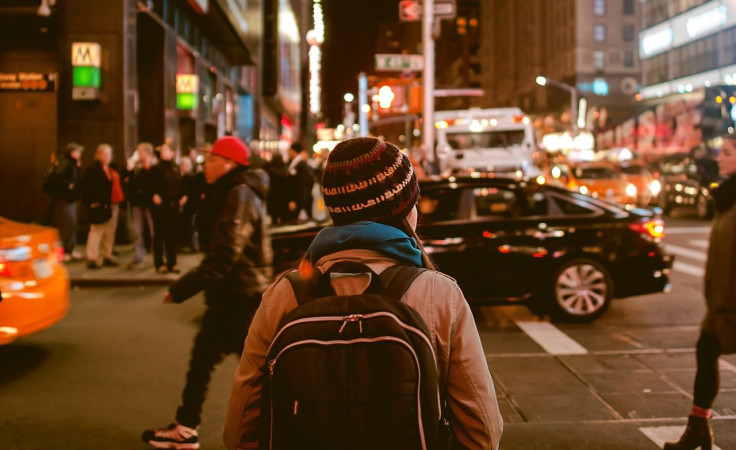How To Determine If You Have Been Near A Confirmed Case of COVID-19

KEY POINTS
- With coronavirus cases increasing in number, people are now trying to find ways to protect themselves
- There's already a decline in China, but other countries are just reeling from the rapid spread
- This brings the question, how will a person know if he or she has been near a confirmed COVID-19 case
The latest worldwide data of the coronavirus outbreak is 119, 235 persons with confirmed cases, and 4,300 fatalities. The good news is 66,577 have recovered from the illness.
Hardest hit is China, with 80,783 confirmed COVID-19 cases with 3,158 lives already claimed by the virus. Most of the victims lived in Hubei province, the region where the virus was first discovered.
The Grim Reality
Recently, however, while new cases of virus infection appear to be on the decline in China, that is not the same for other countries. Nations like Italy, Iran, and South Korea are reporting more confirmed cases with each passing day.
The latest coronavirus outbreak data shows that Italy has 10,149 confirmed cases with 631 deaths, followed by Iran with 8,042 COVID-19 cases and 291 deaths. South Korea has 7,755 confirmed cases, with 61 deaths.
Medical experts say that the rapid transmission of the virus in these places may have been due to persons being near confirmed cases. This means when COVID-19 patients sneezed, or coughed, or simply talk without any cover, the chances of contaminated droplets landing on the skin of others or surfaces is very high. If you happen to touch your mouth, eyes, or nose with contaminated skin, then you can easily get the infection yourself.
The peak of the COVID-19 epidemic in the UK may be expected within the next two weeks. This is according to the Deputy Chief Medical Officer of England. Because of this, it is imperative to know if you have been near a confirmed COVID-19 case.
Information Helps
At present, it is very hard to determine if you have been standing, seating, or lying down near a confirmed COVID-19 case. This is because, in some instances, victims are asymptomatic, meaning there are no visible symptoms at all. Even the victims themselves may not know they are already infected by the deadly virus.
The UK Government website, however, is updating its data regularly to provide information to the public as to which regions in the country have confirmed cases. There is also a list that is being updated on a day-to-day basis where local authorities report confirmed COVID-19 cases. As of March 10, confirmed cases are in the following regions, London-91, South East-51, South West-41, North West-37, Midlands-36, East of England-29, North East and Yorkshire-24 and to be determined-15.
Protecting Against the Virus
Since this is a new virus, much still needs to be known about it. There is no clear cut information yet on how it really spreads or if there is a way of knowing whether the person standing next to you is infected.
As such, the main protection you can employ against getting infected is to avoid crowded places as you do not know who is infected and who is not. This does not mean; however, you stop working or going to school. You can continue on doing so provided you observe the best health hygiene there is like washing your hands with warm soap and water for at least 20 seconds.
Health officials in the UK are also reported to be looking at social distancing measures. This refers to the limiting of contact between people to prevent the transmission of even mild cases of COVID-19.
In the meantime, the NHS recommends avoiding close contact with people who appear unwell. The health body is also warning everyone not to touch their nose, mouth, or eyes if their hands are not clean.
© Copyright IBTimes 2025. All rights reserved.





















